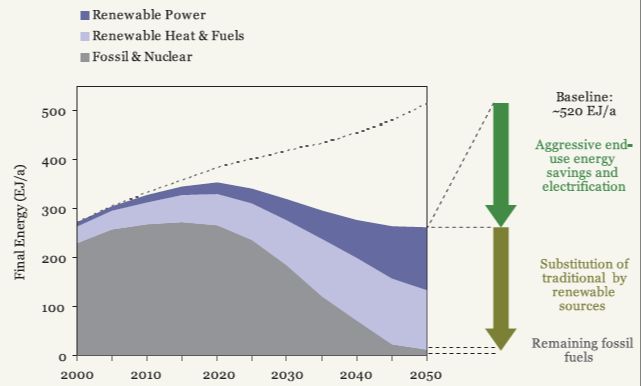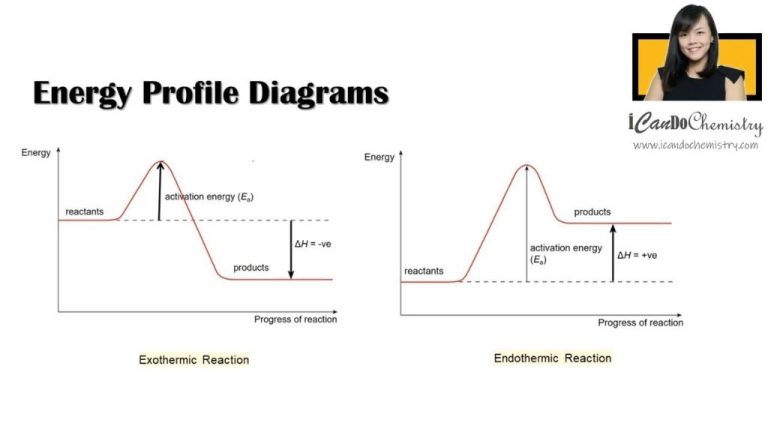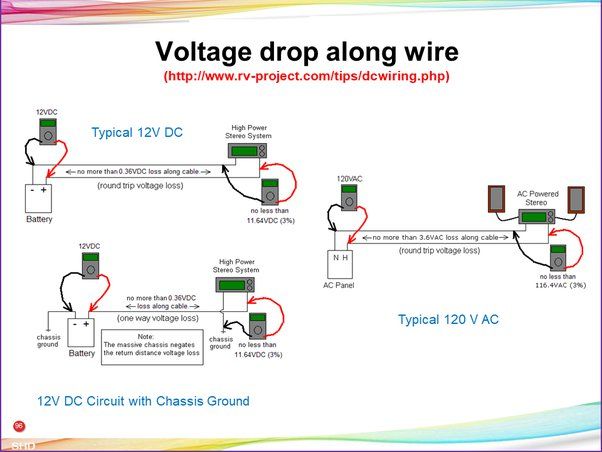What 3 Forms Does Energy Come In?
Energy is a fundamental concept in physics that describes the capacity to do work. Energy comes in different forms that can be converted from one to another. There are three main forms that energy exists in: potential energy, kinetic energy, and rest energy. Potential energy is stored energy based on an object’s position or arrangement. Kinetic energy is energy associated with motion. Rest energy is the energy contained in an object due to its mass. The law of conservation of energy states that the total energy in an isolated system remains constant. Energy can convert between different forms, but it cannot be created or destroyed. This article will provide an overview of the three main forms of energy and describe how they can change from one to another.
Potential Energy
Potential energy is the energy stored in an object due to its position or composition. Some examples of potential energy include:
- Water held behind a dam – the water has potential energy that can be converted to electricity by flowing through turbines
- A book held above the ground – the book has potential energy relative to the ground which will be converted to kinetic energy when it falls
- Chemical potential energy stored in batteries – chemical bonds hold potential energy that can be released as electrical energy
- A stretched spring or rubber band – the deformation of the material stores mechanical potential energy
- Mass that has the potential to exert gravitational force – objects high above Earth’s surface have gravitational potential energy that can be released as kinetic energy
In summary, potential energy exists as stored energy in any object or system due to its position, shape, chemical composition or other factors. This stored energy is waiting to be released or converted into other forms of energy.
Kinetic Energy
Kinetic energy is the energy of motion. It refers to the energy an object possesses by being in motion. For example, a ball thrown in the air has kinetic energy due to its motion. The formula for kinetic energy is:
Kinetic Energy = 1/2 x mass x velocity^2
Where mass is measured in kilograms and velocity is measured in meters per second. The more massive an object is and the faster it moves, the more kinetic energy it has.
Some examples of kinetic energy include:
- A moving car
- A bullet fired from a gun
- Sound waves
- Heat, which is the result of increased kinetic energy at the molecular level
Kinetic energy can be transformed into other forms of energy. For example, when you catch a moving ball, the kinetic energy is converted into heat as the ball deforms on impact. Kinetic energy is an important concept in physics and engineering.
Rest Energy
Rest energy, also known as mass energy, is energy stored in matter simply from mass. It is calculated using the formula E = mc2, where E is energy, m is mass, and c is the speed of light. This formula shows that energy and mass are equivalent. Even when an object is motionless, it contains rest energy from its mass.
Rest energy is released when matter is converted into energy, such as during nuclear reactions. Nuclear fusion converts hydrogen nuclei into helium, releasing tremendous energy in stars and bombs. Nuclear fission splits large atomic nuclei like uranium into smaller fragments, also releasing energy, and is used in nuclear power plants. In both fusion and fission, a small amount of matter is converted to a large amount of energy, as some rest energy is released.
Small amounts of rest energy can also be released when chemical bonds are formed and broken. However, the energies involved are thousands of times smaller than nuclear reactions. The conversion between matter and energy demonstrates their equivalence and the immense amounts of energy stored in matter’s mass. Thus, rest energy is a remarkable form of potential energy stored within an object simply due to its mass.
Law of Conservation of Energy
The law of conservation of energy states that energy can neither be created nor destroyed, only converted from one form to another. This means that the total amount of energy in an isolated system always remains constant.
For example, when a ball drops, its potential energy is converted to kinetic energy as it falls. The kinetic energy of the ball can then be converted to sound and heat energy if it hits the ground. While the types of energy change during the process, the total amount of energy in the closed system (the ball) remains the same.
This fundamental law of physics guides predictions about energy transformations and discoveries of new energy sources. The law indicates that while energy forms may change, the total quantity of energy in a closed system does not change over time. This principle helps physicists track all forms of energy during experiments and natural processes.
Potential to Kinetic Energy
One of the most common conversions of energy is from potential to kinetic energy. Potential energy is stored energy based on an object’s position or configuration. For example, a ball held at the top of a ramp has potential energy due to gravity. When released, this potential energy is converted into kinetic energy, which is energy of motion. The ball rolls down the ramp, accelerating due to gravity.
A classic example of potential to kinetic energy conversion is at a hydroelectric dam. Behind the dam, water is held at a high elevation, giving it gravitational potential energy. When the water is released through the dam and flows through the turbines, this potential energy gets converted into kinetic energy. The moving water rotates the turbines to generate electricity. Dams provide a clean and renewable way to harness the potential energy of water into usable electrical energy.
Kinetic to Thermal Energy
Kinetic energy, the energy of motion, often converts into thermal energy through friction. A classic example of this is rubbing your hands together. The kinetic energy of your moving hands causes friction between your palms. This friction generates heat, converting the kinetic energy into thermal energy.
The faster you rub your hands together, the more kinetic energy you impart and the more heat that is produced through friction. This demonstrates how kinetic energy and thermal energy are directly related in this type of energy conversion. Many other examples of kinetic-to-thermal energy conversion exist, from brake pads slowing a moving car to a drill bit boring into wood. In each case, kinetic energy gets transformed into heat through friction.
Thermal to Kinetic Energy
Heat can generate motion through the conversion of thermal energy to kinetic energy. A classic example of this is the steam engine. In a steam engine, water is heated to produce steam, which contains thermal energy. This steam is then used to push a piston, converting the thermal energy of the steam into the kinetic energy of the moving piston. This kinetic energy can then be harnessed to perform mechanical work, like turning the wheels of a locomotive. The high pressure created when the water is converted to steam contains enough thermal energy to set the piston in motion. This demonstrates how heat and thermal energy can be used to generate kinetic energy and motion.
Interconversions
Energy continuously converts between different forms in an endless cycle. For example, plants convert solar energy into chemical energy through photosynthesis. Animals then consume plants, transforming the chemical energy stored in plant matter into kinetic energy as they move around. When animals die, their remains may become fossil fuels like oil and gas over millions of years. Humans extract the stored chemical energy in fossil fuels and convert it into thermal energy to generate electricity. Electricity powers motors that enable kinetic energy and machines that require energy to operate. Ultimately, the original solar energy that powered photosynthesis facilitates much of modern civilization.
On a smaller everyday scale, the food energy humans consume is converted into kinetic energy to walk and exercise. The sunlight that warms homes is transformed into thermal energy. Generating any type of energy often requires another type of energy input. The important principle is that energy is never created or destroyed, just converted between different forms.
Conclusion
To recap, the three main forms of energy are potential energy, kinetic energy, and rest energy. Potential energy is energy stored in an object due to its position or configuration. A ball held at a height above the ground has gravitational potential energy. Kinetic energy is energy an object has due to its motion. A moving car has kinetic energy. Rest energy is energy stored within an object due to its mass. All objects with mass have rest energy.
Energy can transform between these different forms. For example, when the ball is dropped, its potential energy transforms into kinetic energy as it falls. The kinetic energy can then transform into thermal energy if the ball hits the ground and heats up due to friction. However, the total amount of energy is conserved according to the law of conservation of energy. While energy changes form, it is never created or destroyed.






